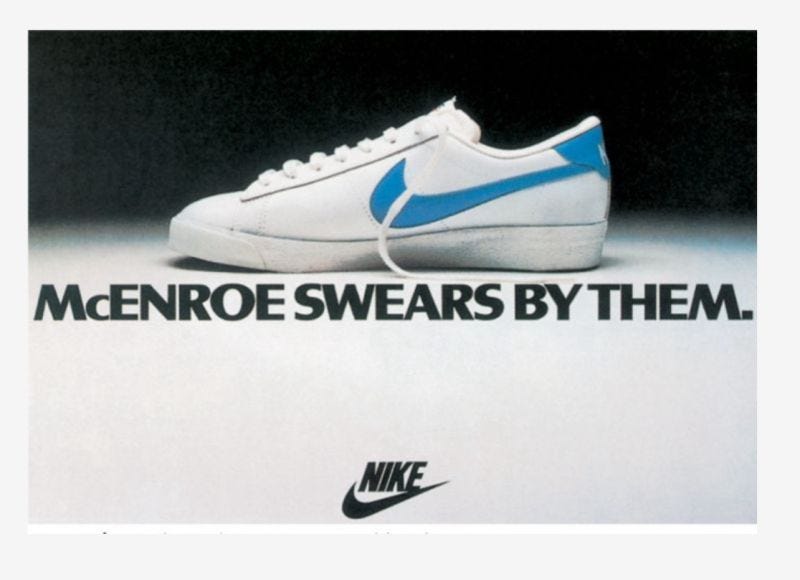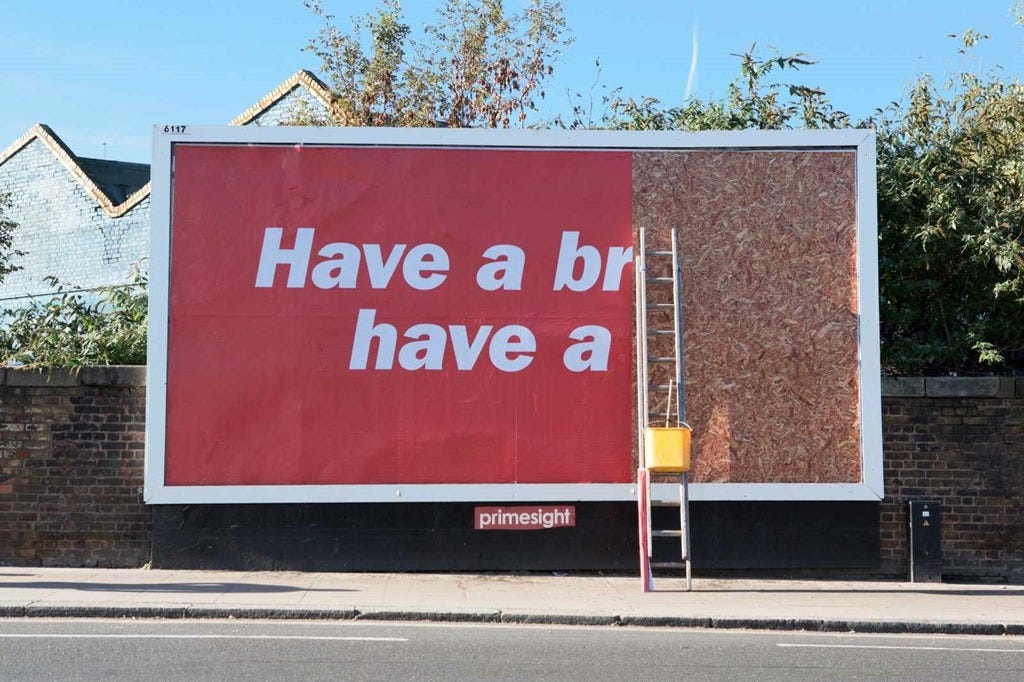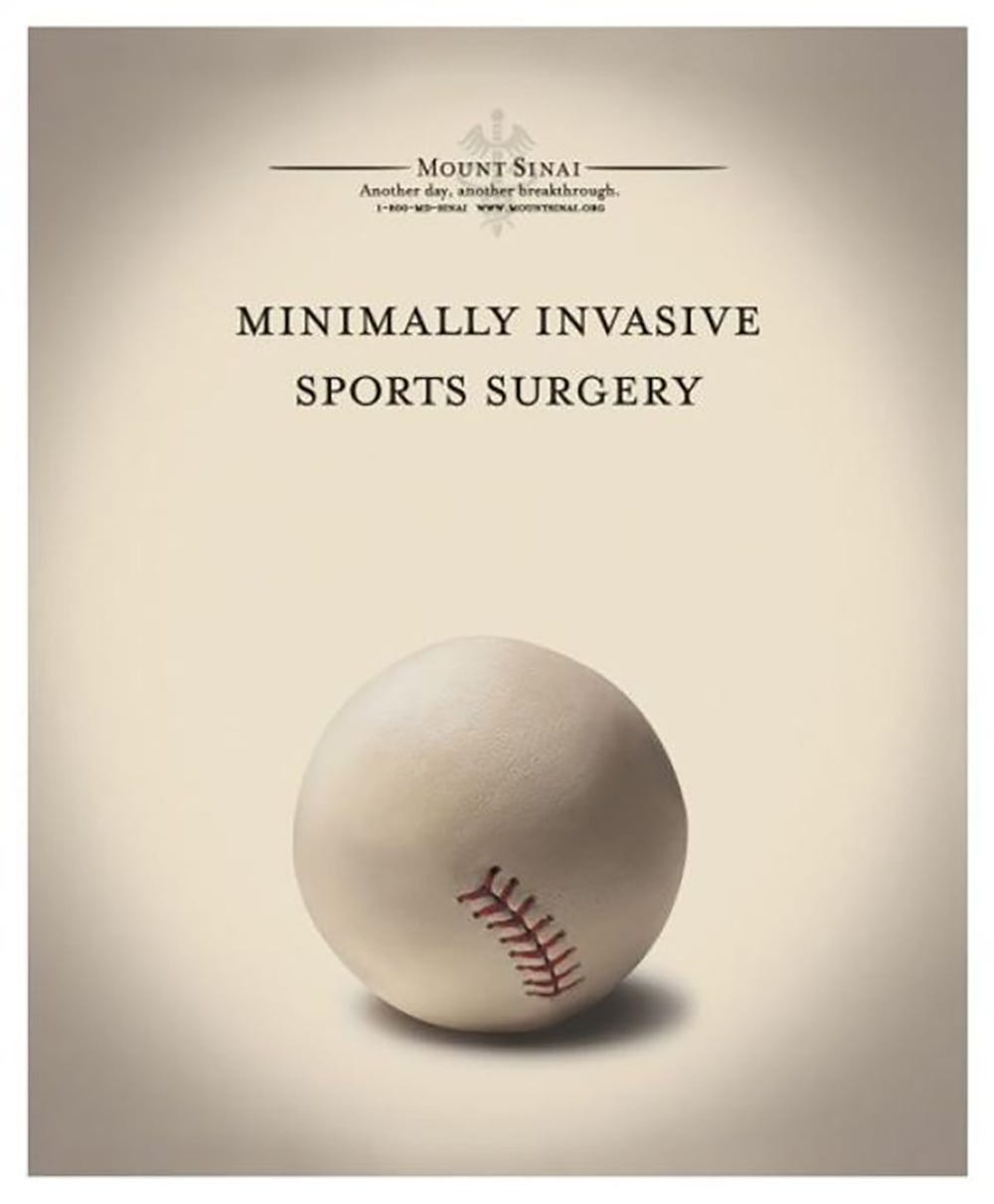Mind the gap: Why this ad should’ve quit while it was ahead
If you want to make something memorable, a little respect goes a long way.
The ‘Tina from Turners’ campaign has been pretty successful for Turners Cars. They’re irreverent and quirky, relying almost entirely on the comic skill of the actor.
But one of their ads really bugs me:
You might be thinking “What’s wrong with it? That’s a solid effort.”
And I guess you’re right. It’s…fine. But the final couplet kills it for me:
“They aren’t coming back, are they?”
“Nuh-uh.”
The problem? The punchline had already landed:
“You should’ve come to see me at Turners!”
“Yeah, probably.”
Stopping that ad at that moment, 27 seconds in, would’ve made it funnier, and cleverer. It lets the joke breathe, and it lets the audience join the dots. It gives them a little ‘a ha’ moment.
By making the audience is an active participant in making sense of the joke, you make them an active participant in receiving the message. The holy grail!
The problem is that the writers shut down any opportunity for that to happen by letting the ad run three seconds too long.
They forgot to mind the gap.
Mind the gap
Creativity coach Richard Holman describes this as an ‘advertising strategy’ that we should all be using more. "Minding the gap" is a simple and vital thing to understand:
“By ‘the gap’ I mean the space you leave in your communication for the reader or viewer. Most advertising, most of the time, leaves no gap. There’s an image, some copy and a message which is self-evident.” - Richard Holman, 'Minding the Gap'
It’s worth reading Richard’s whole post here.
But the Turners ad closes the gap. For whatever reason - client pressure, wishy-washiness - the script ruins the dramatic irony. From the moment the little old lady laughs, it’s obvious to us that they are indeed stealing this mope’s car.
The joke is not that they’re stealing his car. It’s that he’s too dumb to realise it.
The crickets could have been a nice subtle touch. But by closing the gap with “They aren’t coming back, are they?”, the joke is ruined.
My guess? That line wasn’t in the original script. Someone—probably the client—got nervous. They decided the audience was even stupider than the protagonist, and the joke needed to be spelled out.
And then, for the real idiots, they let Tina from Turners confirm that no, indeed, the thieves would not be back.‸
Have a little fun
When ads mind the gap, when they trust the viewer to get the idea, they become much more powerful.
While there are probably examples in every product category, sport brands (Nike, I’m looking at you) seem to nail it time and time again. There’s probably some irony in the idea that it’s sports where the brain is most respected, but I digress…
For example, one of my absolute favourite billboards of all time:
Or this peach, also by Nike:
OK, let’s not let the jocks get all the credit. How about Kit Kat:
Or this, one of the greatest ads ever made:
What do these have in common? They respect the audience’s intelligence. They leave just enough space for the viewer to step in and complete the thought.
That space is where the magic happens.
How to mind the gap
I’m not here to rag on the Turners team. The ad is…fine. And, by the sounds of it, successful.
But I reckon it could have been a hell of a lot better if only they had trusted the viewer to get the joke.
There’s a lesson in it for us. We don’t all need to create the next legendary billboard. But we can give our audiences a bit more credit, and a bit more agency. If we pull back a bit and let the audience do some of the work, and if we put a bit more faith in their intelligence, we’ll have a much better shot at making something memorable.
Because while clarity is vital, we can’t let it run counter to the other things an ad needs to do: stick in the brain.
In a future post, I’ll share some practical ways to ‘mind the gap’ in your own work.
For now, here’s your homework: start noticing the ads that don’t say everything. The ones that let you join the dots. They’ll stick out like sore thumbs—and they’ll stick in your mind, too.






